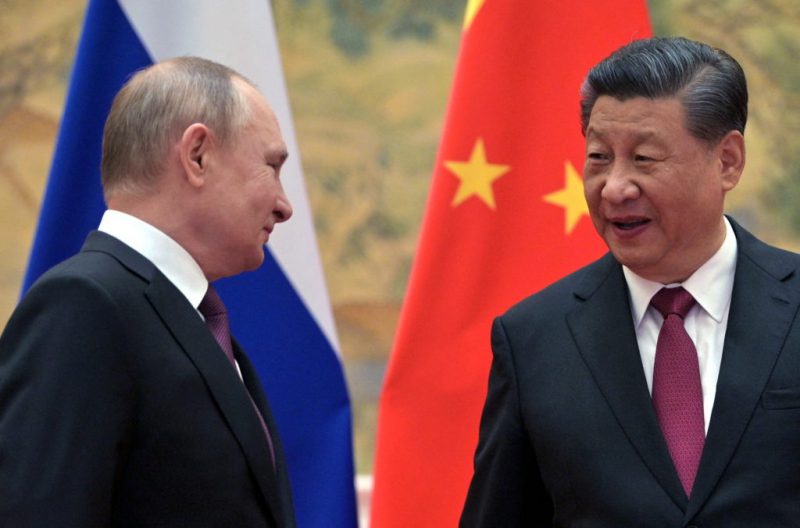Various nations worldwide have joined the chorus of de-dollarization initiated by BRICS. For an extended period, the dominance of the U.S. dollar has prevailed globally. However, Brazil, Russia, India, China, and South Africa, along with other countries, are now working together to establish an alternative currency. In the interim, their collective efforts involve reducing reliance on the dollar and promoting the use of their respective national currencies for settlement purposes.
During the Shanghai Cooperation Organisation’s [SCO] Head of State Council’s virtual summit, significant developments were made. Chinese President Xi Jinping and Russian President Vladimir Putin, both participated in the summit. They discussed the growing importance of their national currencies. The leaders emphasized the need for an expanded utilization of national currencies. This was for bilateral settlements, reflecting the global trend of countries shifting away from reliance on the U.S. dollar. Putin further said,
“We intend to further deepen ties with the members of the Shanghai Organization, and these ties are becoming stronger and more multifaceted. Russia’s trade with the association’s member states last year increased by more than a third, 37 percent, reaching a record $263 billion. And in January-April of this year, it added another 35 percent.”
Furthermore, he disclosed that over 80 percent of commercial transactions between Russia and China are conducted using the ruble and yuan. In addition, the Russian currency accounted for more than 40 percent of export transactions. This included countries of the SCO in 2022.
Also Read: Chinese Yuan Nearing a 15-Year Low: What it Means For BRICS
China’s Xi Jinping Seconds Putin’s statements
In the meeting, the President of China expressed their intention to align themselves with a positive course. They emphasized their commitment to economic globalization, opposing protectionism, unilateral sanctions, and the excessive focus on national security. Furthermore, they rejected the idea of erecting barriers, decoupling, and severing supply chains. He added,
“I consider it essential to increase the share of settlements in national currencies. within the organization … We need to strengthen cooperation on sovereign digital currencies and work on establishing the SCO Development Bank.”
It is worth noting that China is already making headway. According to an analysis of official Chinese data conducted by Reuters, the Chinese yuan outpaced the dollar as the primary currency utilized in Chinese cross-border transactions in March of this year.
The Shanghai Cooperation Organization was established in 2001. It comprises nations such as China, Russia, India, Pakistan, Kazakhstan, the Kyrgyz Republic, Tajikistan, Uzbekistan, and Iran.
Also Read: BRICS: U.S. Dollar Declines 0.11%, Chinese Yuan Transactions Reach January 2022 Highs





